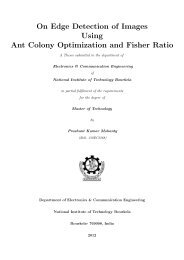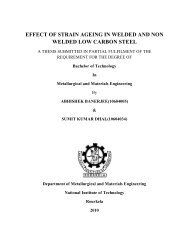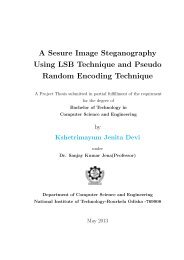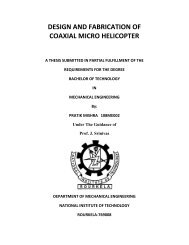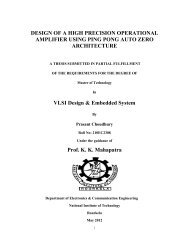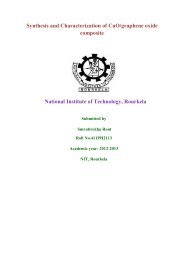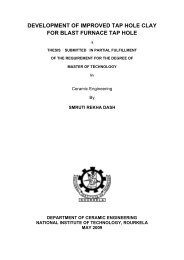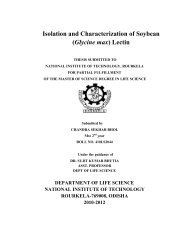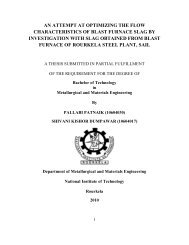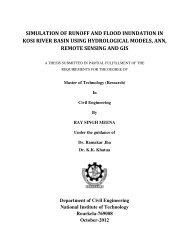FPGA Based Network Security architecture for High Speed Networks
FPGA Based Network Security architecture for High Speed Networks
FPGA Based Network Security architecture for High Speed Networks
Create successful ePaper yourself
Turn your PDF publications into a flip-book with our unique Google optimized e-Paper software.
5.2 Basic Idea and Related work<br />
and the basic ideas of NIDS which is followed by our proposed string matching<br />
algorithm using Bloom filters. Two scenarios are further discussed on the con-<br />
text of the length of the input packet and the multiple length patterns. Finally<br />
the implementation details and analysis are discussed which is followed by the<br />
conclusion.<br />
5.2 Basic Idea and Related work<br />
In this section, the basic idea and <strong>architecture</strong> <strong>for</strong> a typical <strong>Network</strong> Intrusion<br />
Detection System is discussed followed by the previous implementations.<br />
5.2.1 NIDS and Multiple pattern matching<br />
As discussed be<strong>for</strong>e, a NIDS is simply a software application or a specialized<br />
hardware which monitors the network packets <strong>for</strong> malicious activities. It maintains<br />
a database of fixed or variable sized patterns which are searched against an input<br />
data packet. A basic <strong>architecture</strong> <strong>for</strong> a NIDS is given in Figure 5.1. At the top<br />
level, it works as an alarm in the network but at the core , it is computationally<br />
challenging as it requires deep packet inspection and that too in network speed.<br />
For a high speed network, deep packet inspection signifies that every byte of every<br />
packet must be searched <strong>for</strong> multiple patterns. So in a nutshell, the operation is<br />
nothing but a multiple pattern matching algorithm.<br />
Figure 5.1: Basic Architecture <strong>for</strong> Signature based NIDS<br />
Scanning or monitoring a packet in a network involves both header as well as<br />
payload analysis of the packet. The overhead <strong>for</strong> the header analysis is much less<br />
41





